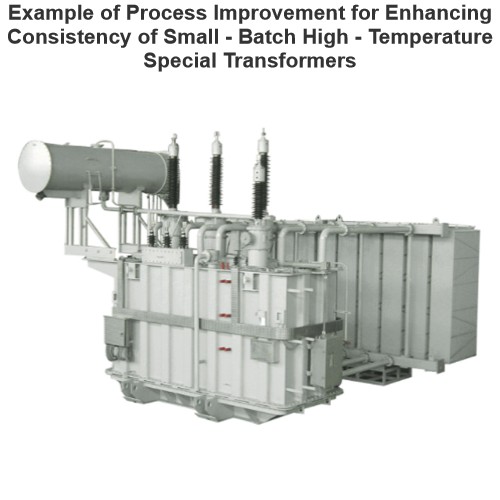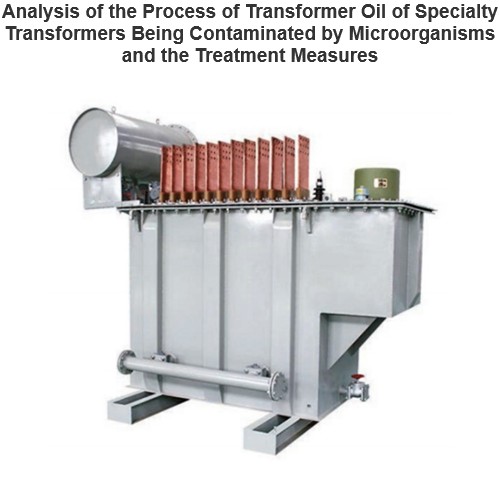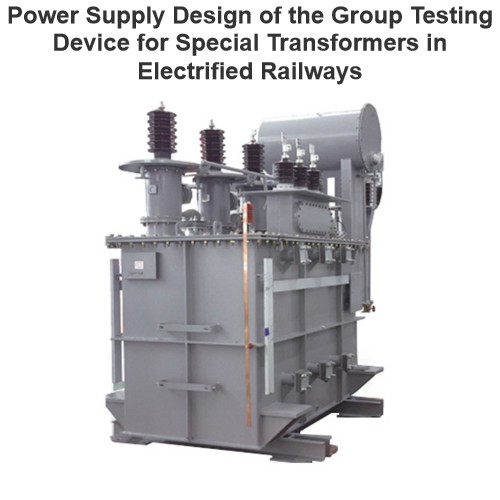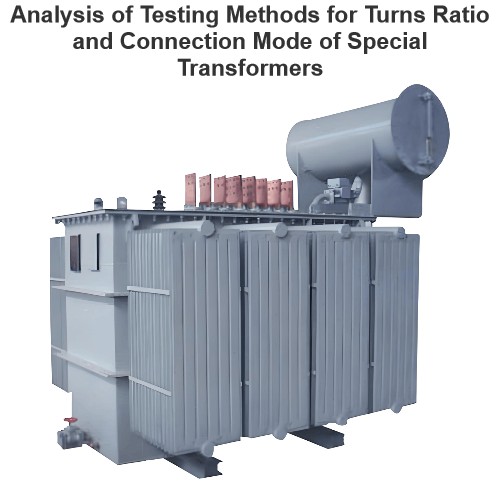How do you design toroidal transformers for low capacitance between windings?
How to Design a Toroidal Transformer to Achieve Low Capacitance Between Windings
Designing a toroidal transformer to achieve low capacitance between windings is crucial for reducing parasitic capacitance, especially in high-frequency applications. This improves the overall performance of the transformer. Below are some key design strategies and techniques:
1. Physical Isolation and Insulation
Increasing the physical distance between windings and using high-quality insulation materials are effective methods to reduce winding-to-winding capacitance.
Increase Interlayer Insulation: Add additional insulating layers between windings, such as polyester film, polyimide film (Kapton), or fiberglass cloth. These materials provide good electrical insulation and increase the distance between windings.
Layered Winding: Separate primary and secondary windings and place multiple layers of insulation between them. For example, use a "sandwich" structure: one layer of primary winding, one layer of insulation, one layer of secondary winding, another layer of insulation, and so on.
2. Optimization of Winding Layout
The layout of the windings significantly affects capacitance. Optimizing the geometric shape and position of the windings can effectively reduce winding-to-winding capacitance.
Interleaved Winding: Avoid completely overlapping the primary and secondary windings. Instead, use an interleaved approach. For instance, wind the primary winding on the outer side and the secondary winding on the inner side, or vice versa. This reduces the coupling effect of the electric field, thereby lowering capacitance.
Segmented Winding: Divide the primary and secondary windings into smaller segments and alternate their placement around different areas of the core. This segmented winding method can significantly reduce winding-to-winding capacitance.
3. Core Design
The shape and size of the core also influence the capacitance distribution between windings.
Choose Appropriate Core Size: A larger core diameter allows more space between windings, thus reducing capacitance. However, this may increase the transformer's size and cost, so it requires careful balancing.
Core Material Selection: Some core materials have lower dielectric constants, which can help reduce winding-to-winding capacitance. For example, ferrite cores are generally better suited for high-frequency applications than metal cores because they have lower dielectric constants.
4. Use of Shielding Layers
Adding shielding layers between windings can effectively reduce capacitive coupling.
Electrostatic Shielding: Insert a grounded shielding layer between the primary and secondary windings. This shield can be made of copper foil or aluminum foil, which absorbs and redirects most of the electric field, thereby reducing capacitive coupling.
Multilayer Shielding: For higher requirements, use a multilayer shielding structure. Each layer of shielding is grounded, further reducing capacitive coupling.
5. Winding Techniques
The choice of winding technique also impacts winding-to-winding capacitance.
Uniform Winding: Try to distribute the windings evenly around the core to avoid localized dense winding. This reduces the concentration of the electric field, thereby lowering capacitance.
Bifilar Winding: In some cases, consider using bifilar winding, where two wires are wound side by side. This method can reduce winding-to-winding capacitance, especially in high-frequency applications.
6. Consideration of Frequency Characteristics
In high-frequency applications, the impact of parasitic capacitance is particularly significant. Therefore, special attention must be paid to frequency characteristics during design.
High-Frequency Optimization Design: At high frequencies, the distributed inductance and capacitance of the windings interact, forming complex impedance characteristics. Use simulation tools (such as finite element analysis software) to optimize winding design to ensure minimal capacitance within the target frequency range.
7. Experimental Validation
After completing the design, experimental validation is a crucial step. Measure the actual capacitance between windings to confirm that the design has achieved the expected results. Commonly used testing equipment includes LCR meters or high-precision capacitance meters.
Summary
To achieve low capacitance between windings in a toroidal transformer, you can take the following measures:
Increase the physical distance and insulation layers between windings.
Optimize winding layout using segmented or interleaved winding techniques.
Use ferrite cores with low dielectric constants.
Add electrostatic shielding layers or multilayer shielding.
Choose appropriate winding techniques and consider frequency characteristics.
By combining these techniques, you can effectively reduce winding-to-winding capacitance in a toroidal transformer, enhancing its performance in high-frequency applications.
The Electricity Encyclopedia is dedicated to accelerating the dissemination and application of electricity knowledge and adding impetus to the development and innovation of the electricity industry.













